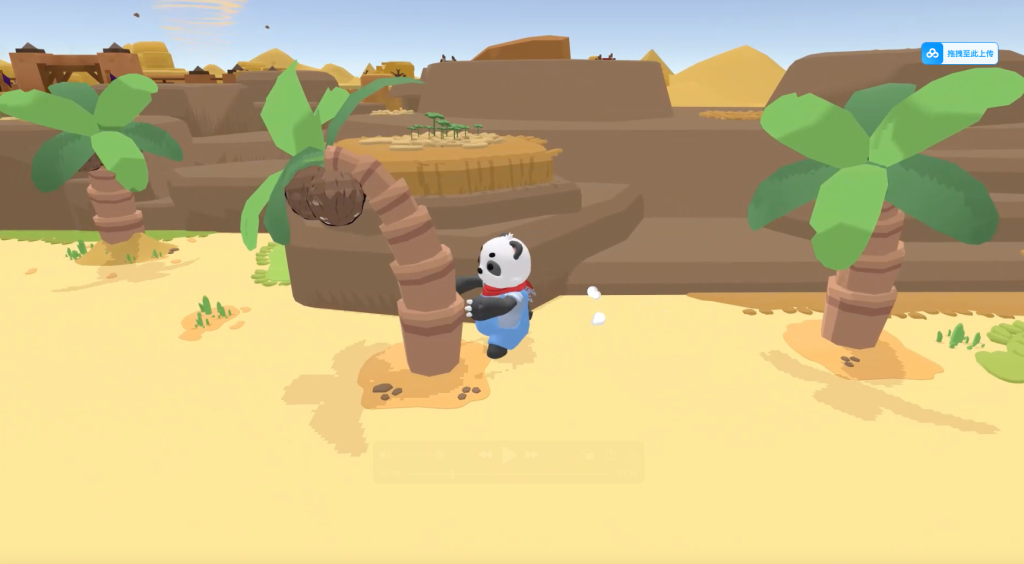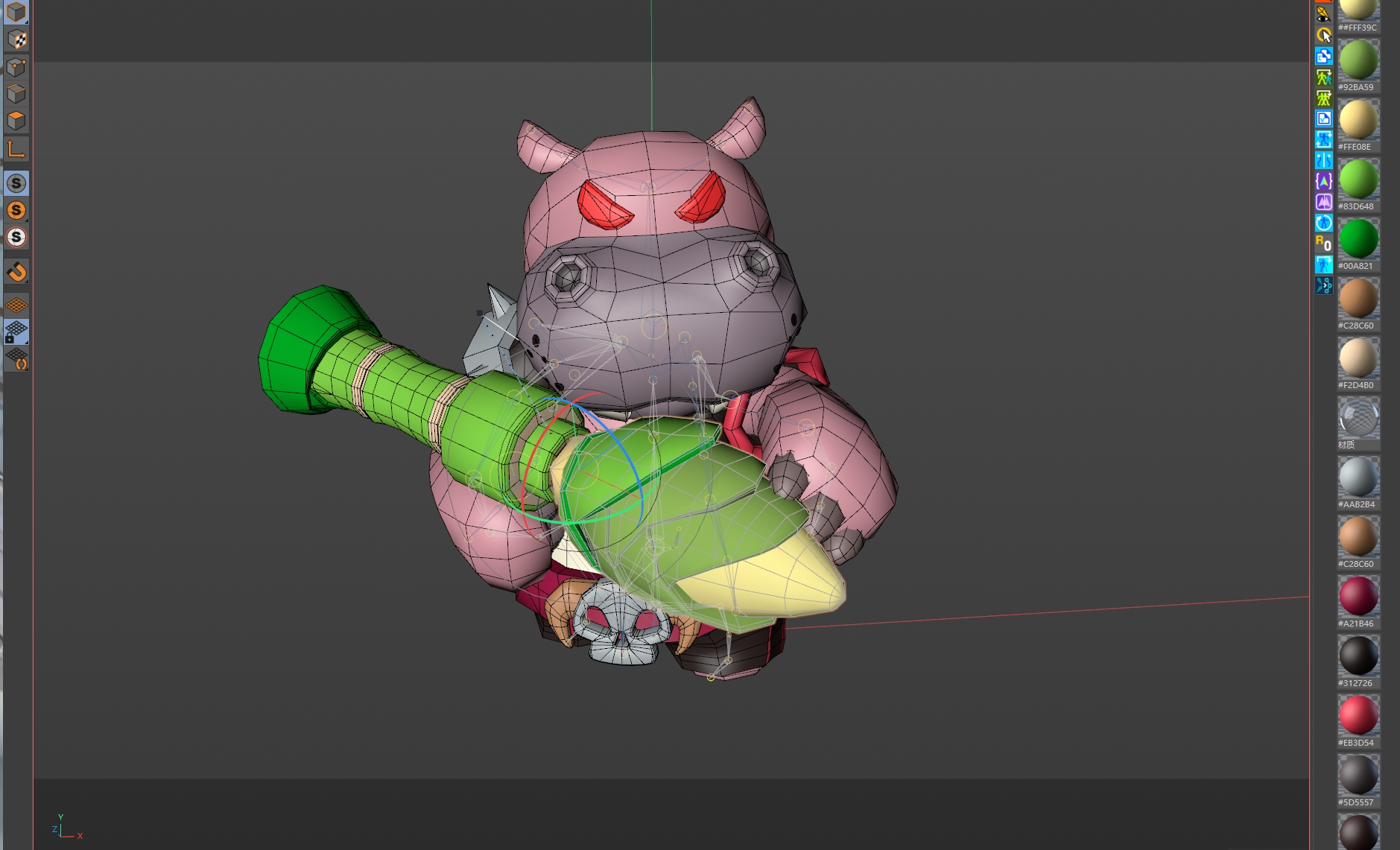Role-playing games began their journey on tabletops in the 1970s, with games like “Dungeons & Dragons” leading the charge. These games relied on players’ imaginations and a set of dice to create immersive experiences. Players would assume the roles of characters in a fantasy world, embarking on quests and battling mythical creatures. The game master, a pivotal role, would guide the story, ensuring that every session was unique and engaging.
In the early days, tabletop RPGs were a revolutionary concept, bringing together elements of storytelling and strategic gameplay. “Dungeons & Dragons,” created by Gary Gygax and Dave Arneson, introduced a new form of entertainment that allowed players to shape their own narratives. This game laid the foundation for future RPGs, emphasizing creativity, collaboration, and imagination.

As the popularity of tabletop RPGs grew, so did the complexity of their mechanics. New systems were developed, incorporating intricate rules for combat, character progression, and world-building. Game designers experimented with different genres, leading to the creation of sci-fi, horror, and modern-day RPGs, each offering a unique experience.
The emergence of RPGs fostered a sense of community among players. Clubs and conventions became popular, providing a space for enthusiasts to share their passion and exchange ideas. This sense of camaraderie and collaboration remains a cornerstone of RPG culture, influencing the way these games continue to evolve.
As technology advanced, so did RPGs. The 1980s and 1990s saw the rise of computer-based role-playing games, bringing more visual elements and complex storylines. Games like “Final Fantasy” and “The Legend of Zelda” became household names, drawing players into rich, expansive worlds where their choices mattered.
The transition from tabletop to digital began with the advent of early computer RPGs. These games retained the essence of their tabletop predecessors but introduced visual graphics and audio elements. Titles like “Ultima” and “Wizardry” offered players new ways to experience RPGs, paving the way for more sophisticated digital adventures.
The 1990s marked a golden age for console RPGs, with franchises like “Final Fantasy” and “Chrono Trigger” captivating audiences worldwide. These games combined compelling narratives with innovative gameplay mechanics, setting new standards for storytelling in video games. The success of these titles solidified RPGs as a dominant genre in the gaming industry.
The late 1990s and early 2000s saw the rise of Massively Multiplayer Online Role-Playing Games (MMORPGs) like “EverQuest” and “World of Warcraft.” These games connected players globally, creating dynamic, shared worlds where they could collaborate or compete. MMORPGs expanded the scope of RPGs, offering endless possibilities for exploration and social interaction.
The RPG genre is incredibly diverse, offering experiences that cater to a wide range of player preferences. Here’s a look at some popular types of RPGs:
Action RPGs blend the narrative depth of traditional RPGs with fast-paced combat mechanics. Players control a character in real-time, often focusing on skillful button presses and strategic thinking. Popular titles include “The Witcher” series and “Dark Souls.”
Action RPGs emphasize real-time combat, requiring players to think quickly and act decisively. The dynamic nature of these games appeals to players who enjoy adrenaline-pumping action combined with deep storytelling elements. Titles like “Diablo” and “Bloodborne” exemplify this thrilling blend of gameplay.
In action RPGs, mastering combat mechanics is crucial. Players must hone their skills, learn enemy patterns, and develop strategies to overcome challenging foes. This focus on skill development adds an extra layer of depth, encouraging players to experiment and refine their approach.
Despite their emphasis on action, these RPGs maintain strong narrative components. The stories are often intertwined with gameplay, allowing players to immerse themselves in the world and make impactful decisions. This integration enhances the overall experience, making action RPGs a popular choice among gamers.
Tactical RPGs emphasize strategy and planning, with players often controlling a team of characters on a grid-based battlefield. These games require careful consideration of each move and are well-loved for their challenging gameplay. “Fire Emblem” and “XCOM” are prime examples.
In tactical RPGs, battles unfold on grid-based maps, where positioning and movement are key. Players must consider terrain, enemy placement, and character abilities to outsmart their opponents. This strategic element sets tactical RPGs apart, offering a cerebral and rewarding experience.
Managing a team of characters is a hallmark of tactical RPGs. Players must balance their party’s strengths and weaknesses, ensuring that each member contributes effectively to the mission. This requires thoughtful planning and resource management, adding depth to the gameplay.
Tactical RPGs often feature intricate storylines, with branching narratives and character development. The choices players make can influence the outcome of the story, providing a sense of agency and investment. This narrative complexity keeps players engaged and eager to see how their decisions unfold.
Sandbox RPGs offer players a vast, open world to explore, with few restrictions on where they can go or what they can do. These games prioritize player freedom and creativity, allowing for personalized experiences. “The Elder Scrolls V: Skyrim” is a standout in this category.
Sandbox RPGs are defined by their expansive worlds, inviting players to explore at their own pace. This freedom encourages exploration and discovery, as players uncover hidden secrets, quests, and lore. The sense of adventure is a major draw for those who enjoy open-ended gameplay.
In sandbox RPGs, players have the power to shape their own stories. The absence of a linear path allows for diverse playstyles and outcomes, making each playthrough unique. This player-driven approach fosters creativity and experimentation, offering endless possibilities.
The worlds in sandbox RPGs are often dynamic and reactive, responding to players’ actions. Weather systems, day-night cycles, and NPC behaviors contribute to a living, breathing world. This immersion enhances the overall experience, making players feel like a part of the game’s universe.
As RPGs continue to evolve, there’s a growing opportunity to integrate meaningful environmental themes into these virtual adventures. By weaving ecological narratives into gameplay, developers can educate players about sustainability while providing an entertaining experience.
Incorporating quests that focus on environmental conservation can engage players in meaningful ways. For example, players might be tasked with restoring a polluted river, reforesting an area, or protecting endangered species from poachers. These challenges not only serve as educational tools but also promote positive ecological actions.
Eco-friendly quests serve as educational tools, raising awareness about environmental issues. By completing these quests, players learn about conservation efforts and the importance of protecting natural resources. This knowledge can inspire real-world actions, encouraging players to become advocates for sustainability.
Environmental quests can be engaging and rewarding, offering unique challenges and objectives. Developers can incorporate puzzles, resource management, and time constraints to create compelling gameplay. This blend of education and entertainment enhances the overall experience, making these quests memorable and impactful.
Successfully completing eco-friendly quests can provide players with a sense of accomplishment and positive reinforcement. Rewards such as in-game items, achievements, or story progression can motivate players to continue engaging with environmental themes. This positive feedback loop reinforces the importance of sustainability and encourages ongoing participation.
Developers can create worlds that reflect the consequences of environmental neglect, encouraging players to take action. By showcasing the impact of pollution or deforestation, games can drive home the importance of sustainability. This approach can be both eye-opening and motivating, inspiring players to consider their real-world actions.
Visual storytelling is a powerful tool for conveying environmental messages. Developers can use graphics and design to depict the effects of environmental degradation, creating impactful imagery. This visual representation can evoke emotions and drive home the urgency of sustainability.

Tanbii: The World’s First AI + Web3 Eco-Game
Tanbii is a groundbreaking 3D eco-game where players recycle, plant trees, and build sustainable islands while earning NFTs and tokens. Our unique model links in-game actions with real-world environmental impact—every tree planted in-game results in a real tree planted on Earth.
We allocate 2% of tokens and 5% of revenue to trusted environmental NGOs, demonstrating our commitment to sustainability.
Developed over two years and backed by million in funding, TANBII is set to launch on Base in Q4 this year. Our experienced team includes graduates from Harvard, USC, and other leading institutions, with over 10 years in game development and 5 years in Web3 operations.
Explore Tanbii:
🌐 Website: https://tanbii.com/




